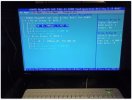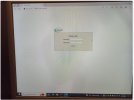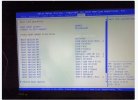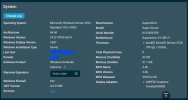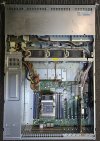One of the OS SSDs failed completely, the one in the first bay is also slightly degraded but probably ok.
I created a clone of the still good one but that failed to load the OS with "Reboot and select proper boot device" error message.
I can see that the drive is detected during POST.
Assume it's a RAID issue.
Put back the original SSD1 still get the same error.
Reading from: https://www.supermicro.com/support/...add the,is built, the red LED should turn off.
It appears the RAID could rebuild when hot-plugging the replacement drive, I assume the OS needs to be running for that to happen?
Or do I plug the replacement drive after the POST failing to load the OS drive?
Or some other ways, open to suggestions
Thx folks
I created a clone of the still good one but that failed to load the OS with "Reboot and select proper boot device" error message.
I can see that the drive is detected during POST.
Assume it's a RAID issue.
Put back the original SSD1 still get the same error.
Reading from: https://www.supermicro.com/support/...add the,is built, the red LED should turn off.
It appears the RAID could rebuild when hot-plugging the replacement drive, I assume the OS needs to be running for that to happen?
Or do I plug the replacement drive after the POST failing to load the OS drive?
Or some other ways, open to suggestions
Thx folks

